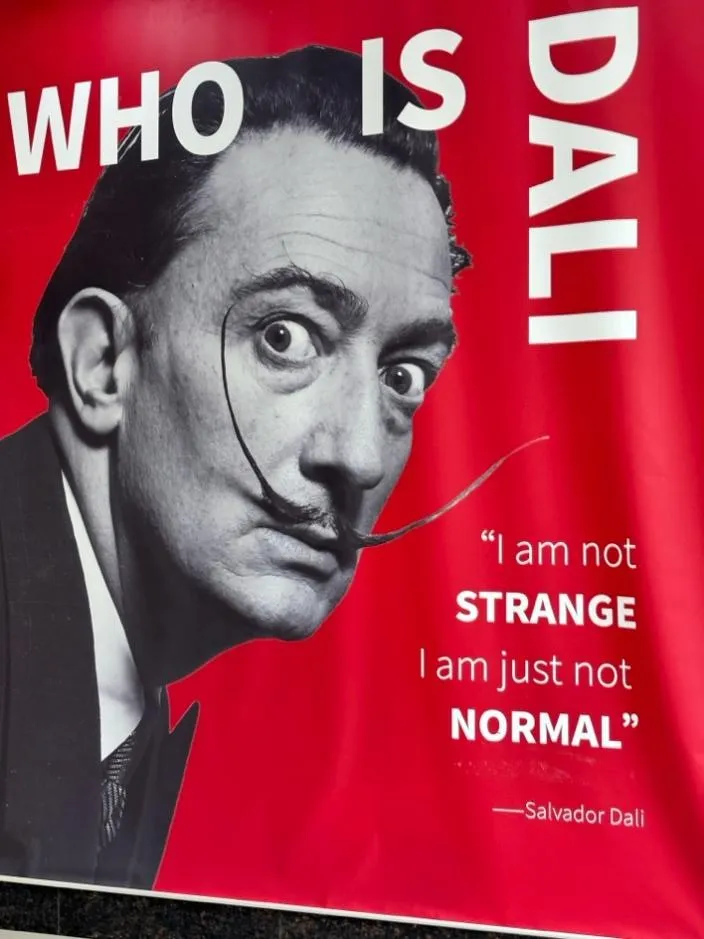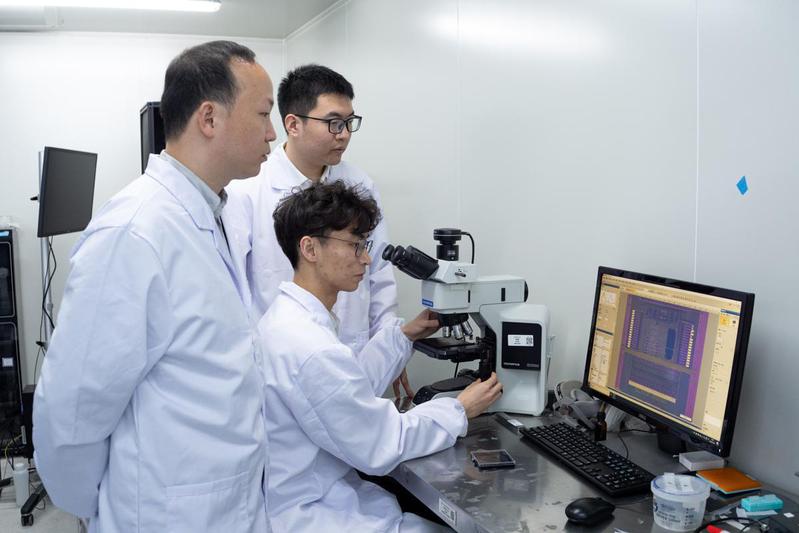Imagine walking into a university library and unexpectedly locking eyes with a man on a poster—his iconic curled mustache immediately catching your attention.
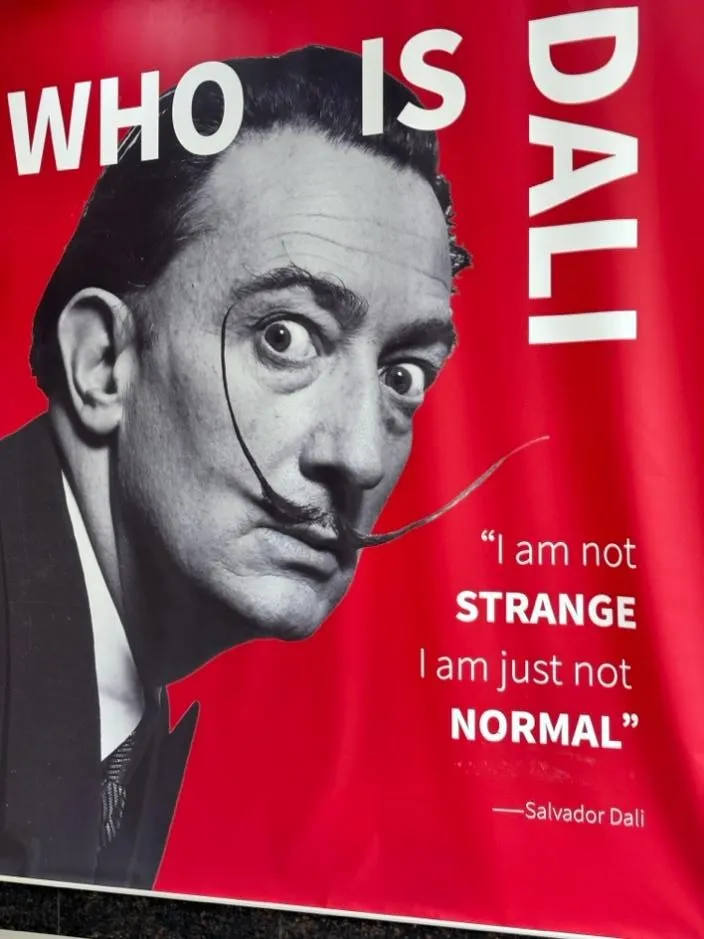
This was how a routine visit to the library turned into an unexpected artistic encounter for TANG Siyuan, a second-year postgraduate in the School of Computer Science at Fudan University.
Students' Feedback
“I was just here to study when I saw it by chance,” Tang recalled. “It’s great that the exhibition is set up in the library. If we need a break from studying, we can simply step in and look around. It’s like an unexpected encounter.”
Designed to be both educational and inspiring, the exhibition strives to offer a professional yet approachable experience to students of all majors. Students from various academic backgrounds are encouraged to interpret and connect with the works on their own terms.
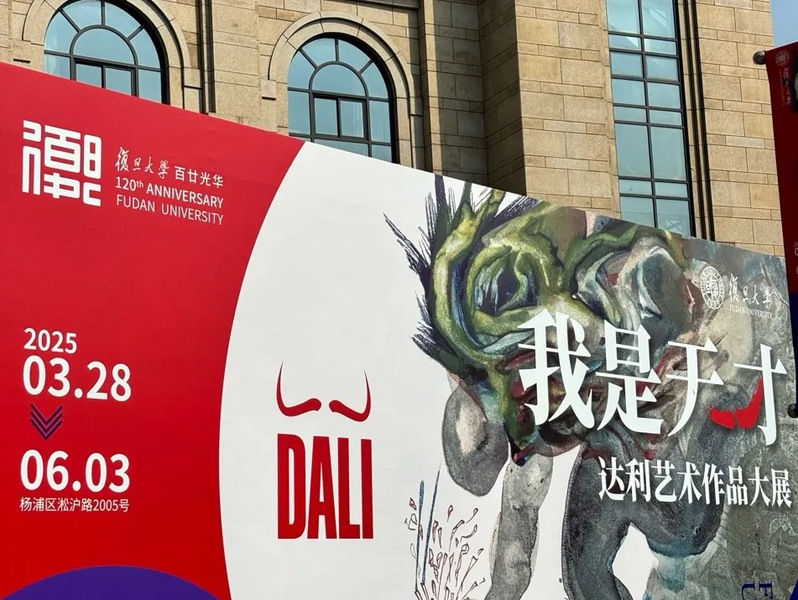
Tang reflected on how the exhibition challenged his preconceptions. As a student in science and engineering, he used to regard art as distant. But the exhibition sparked a newfound interest in the fine arts and led him to question the cult of rationalism. “Reason alone cannot answer the ultimate questions of existence. In many cases, the humanities and the arts can accompany and comfort us when we feel lost or unsettled.”
Li, another Computer Science postgraduate, felt the same. “My research is focused on AI, but I sensed something in this exhibition that AI can’t replicate—what I would call the essence of art and human nature.”
For many visitors, the exhibition is more than just a visual feast. It has prompted deeper reflections on identity, creativity, and the universal human condition. Tang was particularly struck by a quote from Dali: “The greatest joy of my mornings is waking up as Salvador Dali.” He explained, “In an era when many of us struggle with self-doubt, Dali reminds us to take pride in our individuality and potential. We should all dare to be like Dali, to embrace who we are and to believe in our own genius.”
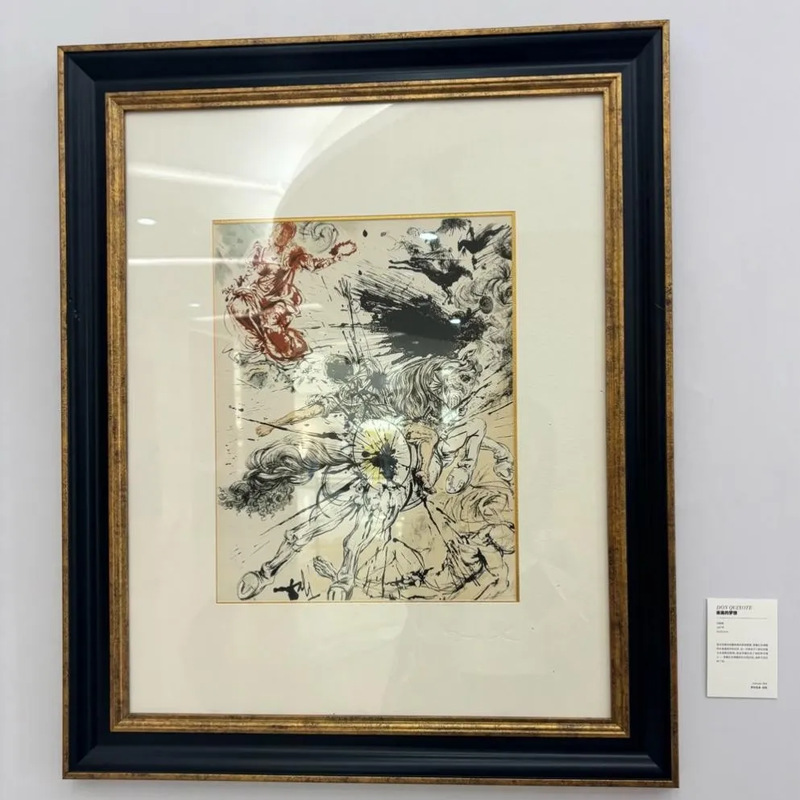
Inspiring Viewpoints
The exhibition is open to both Fudan students and the general public, free of charge. For some visitors, it also serves as a valuable academic resource.
ZHENG Qiyuan, a professional curator who is preparing for a lecture on printmaking, praised the exhibition for its unique approach. “I came here to gather materials for my speech and was impressed by how thoughtfully the processes of woodcut and lithography are explained.” He pointed out that Lithography, a printing technique known for enhancing printmaking quality, raises a fascinating question about the interactions between technology development and the arts—That is: Can a rapidly reproduced image still be considered a work of art?
Yet, Dali, along with his skilled printmakers and publishers, managed to transform reproducibility into a new form of artistic language. “I was glad to see this exhibition acknowledge the contributions of Dali’s publishers and printmakers.” Zheng added, “The history of printmaking is collaborative — many hands shape a single work.”
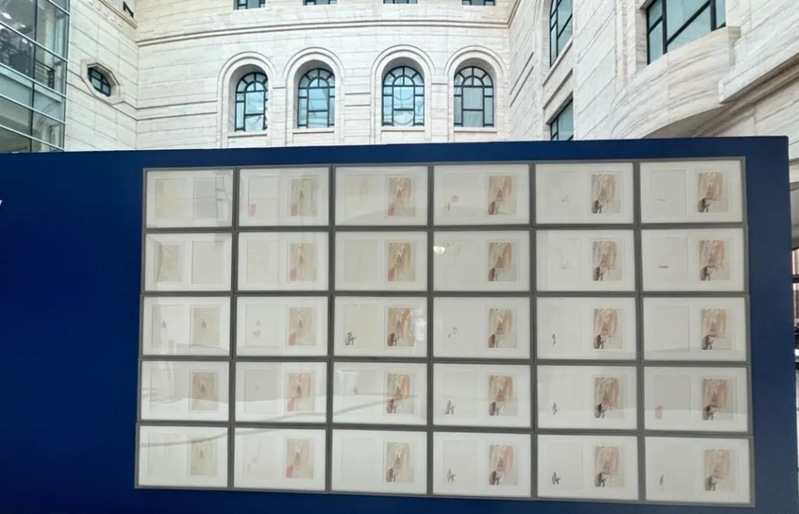
Other visitors engaged with the exhibition on a more empirical and philosophical level.
XI Xiaobei, a ballet teacher and mother of an art student, mentioned a strong personal connection to the works. “My daughter knows I’ve always admired Dali and helped me make a reservation for this visit. I was deeply moved by the Don Quixote series. It captures a spirit of defiance and heroic persistence which all artists strive for.”
She went on to reflect on how Dali’s wide-ranging interests had influenced her own career as an artist. His works, she noted, draw from diverse fields including physics, biology, and theology. To her, Dali’s legacy is a testament to the idea that artists should not be confined by convention. “In fact, it’s not only about artists — all of us should have the courage to explore freely and integrate whatever inspires us,” said her.
Ms. ZHANG, a retired publishing editor has been attending public lectures at Fudan for decades. Even during her busiest years before retirement, she made time to join these events. For her, the current exhibition is not just an aesthetic experience, but a continuation of her lifelong journey in learning.
“Although I spent most of my career in industry, I’ve always turned to Fudan for cultural nourishment.”
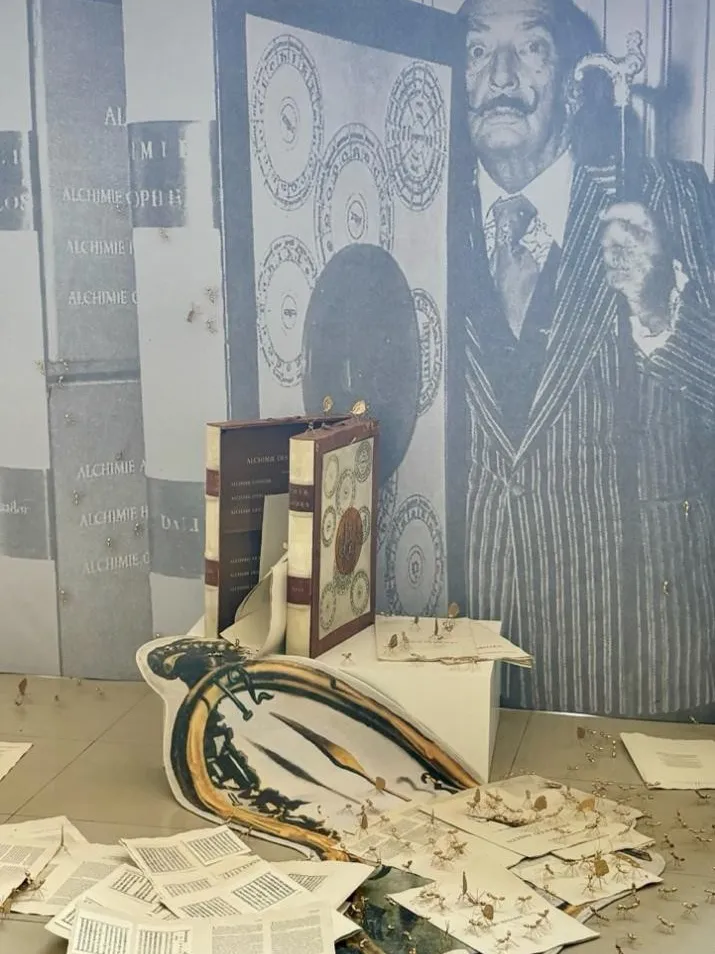
As the exhibition continues through early June, it invites viewers from all walks of life to step into Dali’s surrealist world. As the artist once famously said, “The only difference between me and a madman is that I am not mad.”
While for all the visitors to the exhibition, the question lingers: Are we all, in some way, surrealists at heart?
Perhaps, that is the real purpose of art: to reawaken the surrealist within us, to invest it with our own imagination, and to see more than what the senses convey.
(END)
Writer: HU Chenxin, HU Jinqi, ZHANG Xinyue
Proofreader: WANG Jingyang
Editor: WANG Mengqi, LI Yijie


